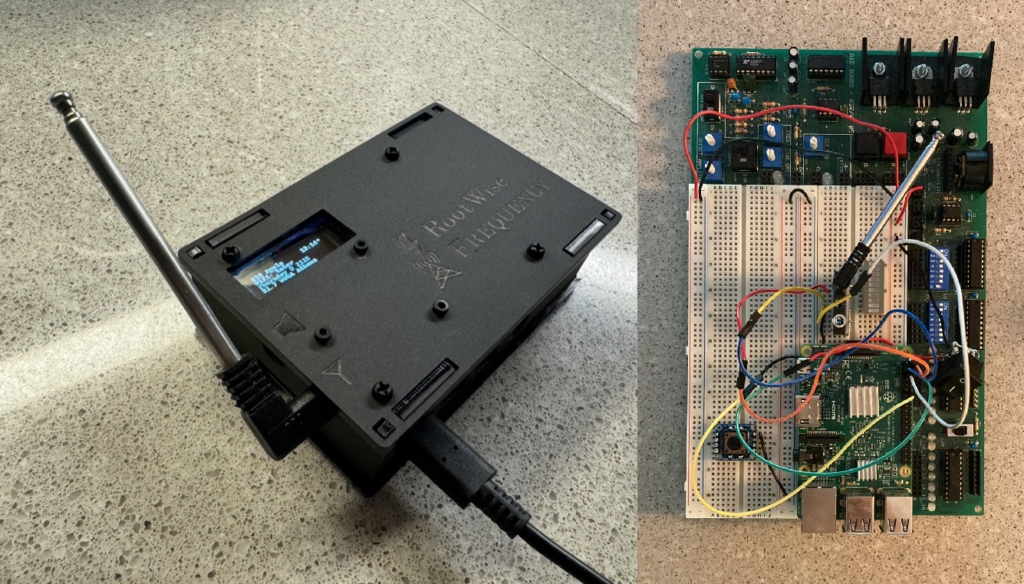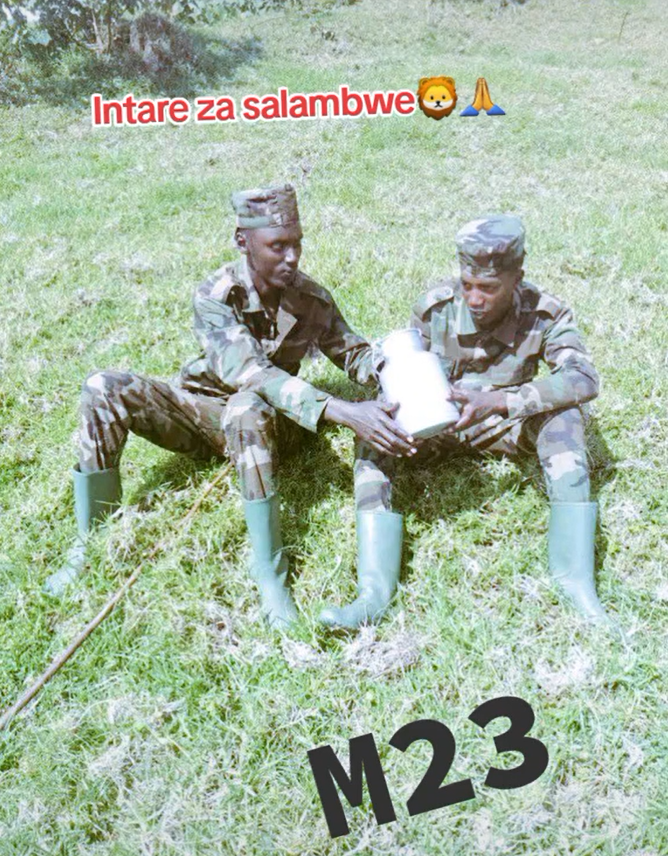The Legacy of Radio
Since its inception in the early 1900s, FM radio has become one of the most ubiquitous technologies in the world. Despite rapid advancements in radio frequency technology, it is still widely utilized globally. Why?
The barrier to access for FM radio is low. Almost any car manufactured includes an FM radio as a standard feature. People in high income countries may think of radio receivers only in cars, but handheld devices are also common globally. There are over 3 billion radio listeners worldwide, and the audience is still growing. Given the reliability, popularity, and low cost of analog radio technology, it is undeniable that the platform will not be vanishing any time soon.
Many areas with lower internet penetration use radio as a primary source of information. These regions include rural areas of Africa, South Asia, Latin America and the Middle East. In Africa, for example, radio is the most common news source. During the height of the COVID-19 pandemic, 65% of African respondents trusted information delivered over the airwaves.
Beyond its raw popularity, the physical characteristics of radio give it unique properties. Given that reception typically reaches around 40 miles within a clear line of sight, radio is a localized medium. Radio information is trusted globally, and listeners often feel a personal connection to their favorite on-air personalities. This high trust in radio is observed even among listeners who are also heavy consumers of social media. Community radio stations are often sources of perspectives and concerns rarely expressed on other mediums.
Tuning In
This combination of factors (popular, localized, unique content) is also why radio monitoring lags far behind social media and print/online news monitoring. The voluminous, diverse, ephemeral content is challenging to collect at scale without serious technological and operational innovation.
While many radio stations are now streaming their broadcasts online, the audience tends to prefer the over-the-air broadcast. In the U.S., only 12% of the total radio audience utilizes internet streaming as of 2022. It’s reasonable to assume the percentage is lower globally due to less connectivity and the fact that a significant share of community stations globally are not streaming their content at all.
How can we tune in to such a diverse, fragmented, and hyper-localized medium? Our answer is Rootwise Frequency. We have designed and built an innovative system that remotely captures local radio stations and delivers the content in a web dashboard. The system is an accumulation of many innovative micro solutions and practical operational experiences, but I’ll highlight three of my favorites here:
- We can capture airwaves-only community stations (in addition to streaming content) thanks to the Frequency Box. We’ve experimented with numerous FM chips to get the perfect balance of signal quality, reception strength, and RDS/RBDS compatibility. An OLED screen provides key operational stats to users.
- The Frequency Box combines the signal processing capabilities of an FM radio with a real-time operating system, giving it huge on-board computing potential. Expandable storage combined with localized audio compression allows the device to capture days (or even months!) of audio between network synchronizations, making it perfect for isolated environments in rural areas with limited service.
- Compressed recordings are synchronized to a powerful (and customizable) data analytics pipeline that automatically translates and transcribes to a language of your choice. Google-style searches in English match clips in any language with audio playback for nuance and context.
From there we can help you with almost any content monitoring or data analytics task. For example:
- Track hyperlocal influencers and narratives that never show up on social media.
- Set up push notifications for critical content.
- Use LLMs to classify and summarize content.
- Export data via CSV, JSON, or API that includes links to relevant audio clips.
Rootwise Frequency empowers you to deliver stories that won’t be found anywhere else. Find out more today.
Adam Spickard collaborated with RootWise to create the Frequency Box. He is a computer engineer experienced in developing Software Defined Radios, In-Flight Entertainment Devices, and multi-billion record analytics systems across the public and private sectors. Learn more about Adam at https://technoke.com.



